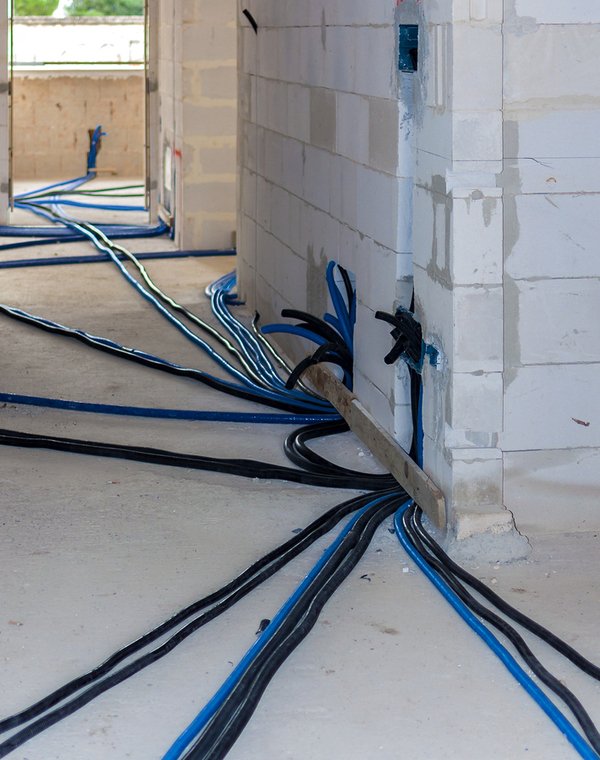Crosslinked polyethylene tubing (PEX) is an acceptable water supply piping material according to most building codes. Certain states and small towns, however, might frown on it.
What if your area doesn’t allow PEX? Is it an automatic home inspection defect? Probably not, as defects and code violations aren’t the same. Whether or not you caution your customers about the existence of PEX is up to you. But in areas where it’s still not allowed, they’ll probably appreciate a heads up.
Here’s what you need to know about PEX and why this controversial plumbing pipe is slowly but surely gaining favor.
What is PEX Water Supply Piping?
PEX piping is a flexible tubing that’s made from a cross-linked, high-density polyethylene (HDPE) polymer. PEX Information says that the manufacturing process consists of melting the polymer to form the tubes.
Crosslinking adds strength, flexibility, and durability to the polymer. PEX info says the manufacturer may use the Engels method, the Silane method or the radiation method to create the necessary chemical reaction that triggers crosslinking. Crosslinking helps PEX resist cracking, impact damage, and extremely cold temperatures.

PEX makes light work of bends, twists and unusual configurations with much fewer connectors.
What are the Primary Advantages of PEX?
The most obvious advantage of PEX is its flexibility. Instead of cutting lengths of copper, galvanized or PVC and creating bends and turns with fittings and connectors, PEX wraps around corners and other unusual shapes in one piece. Fewer fittings mean fewer spots where leaks might occur, and there is less need for glue or solder.
PEX Info also lists these pluses:
- No corrosion
- No lime or scale buildup
- Less likely to break in freezing conditions
- Lower heat transfer/heat loss to save energy
- Quieter than copper and much less likely to produce water hammer
- Less expensive than copper
- Less labor intensive than any traditional piping
What are the Disadvantages?
Although PEX is a seemingly ideal solution for anything from piping the whole interior of the home to running heated water through a radiant home heating system, it’s not perfect. Perhaps the most prominent disadvantage is its lack of resistance to UV damage. That’s one reason why, even in areas where it’s up to code, it’s still not used outside the home.
Buildipedia also says the color-coded tubes might not look as attractive as copper, which doesn’t matter in concealed spaces but might in an exposed basement installation. If the tubing is ever exposed to temperatures above 180 F at 100 psi, the tubing is prone to failure.
Is PEX an Automatic Home Defect?
Many areas have embraced PEX for its numerous benefits, but some locations are still skeptical. For that reason, the flexible tubing might be a code violation in your area. That said, a code violation doesn’t always equal a defect.
Home defects are issues that impair the usability of the home, put the homeowners at a health or safety risk, put the structure at risk or all three. Unless PEX is damaged or improperly installed, it’s not a defect in the strictest definition.
What is it about this flexible, convenient tubing that makes some locations throw up a caution flag or forbid it altogether? Inexperience with installation and a fear of the unknown are probably two major factors. But as more locations embrace PEX, expect to see it emerge as another common piping solution, not just a new gadget.
As a certified home inspector, you’ll probably see many new building supplies and materials over the years. But before your career gets off the ground, you need a solid education. ICA School has everything that you need. Enroll now and learn about PEX, more traditional plumbing materials and a host of home systems at your convenience.







